1. “Have it your way.”
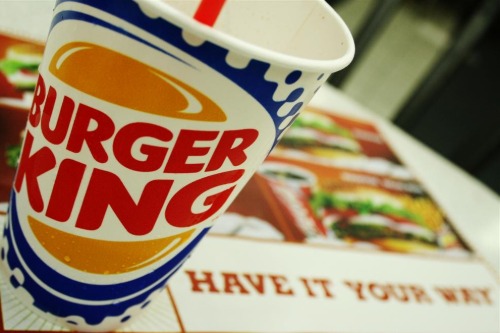
Burger King’s “Have it your way” was everywhere during the late 1970s and 1980s, and it became synonymous with the brand. It promised customers the ability to customize their fast food exactly how they wanted it, which was revolutionary at the time. The slogan helped Burger King distinguish itself from its competitors, especially McDonald’s, which at the time was known for a more standardized, less customizable menu. However, as the fast food industry evolved, the message didn’t seem as impactful, and Burger King shifted to new campaigns in the 2000s to keep up with changing tastes and consumer expectations.
“Have it your way” slowly faded as consumers began to focus on other qualities, like health-conscious options and convenience, according to Tyler Bunton from Mashed. The slogan lost its luster as other brands like Subway and Chipotle introduced more customizable meals. Plus, the world of fast food has grown much more diverse in terms of options, making customization a given rather than a selling point. Despite its nostalgia factor, the slogan became a relic of a different era of fast food marketing.
2. “The Ultimate Driving Machine.”
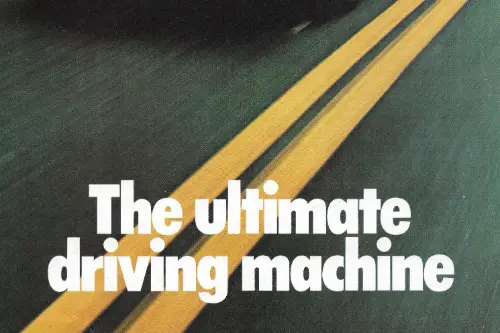
BMW’s slogan “The Ultimate Driving Machine” was iconic for decades, cementing the brand as the go-to choice for driving enthusiasts, according to Jim Henry from Forbes. The message resonated with those looking for both performance and luxury, and it helped BMW stand out in a crowded automotive market. It was everywhere from TV commercials to magazine ads, making it synonymous with high-end vehicles. But over time, the auto industry began to focus more on sustainability, tech features, and safety, causing BMW to adjust its messaging to reflect changing consumer priorities.
As electric vehicles and tech innovations began to dominate the conversation around cars, “The Ultimate Driving Machine” seemed a bit too narrow. The phrase was eventually replaced with more modern slogans like “Sheer Driving Pleasure” to appeal to a broader audience. The shift reflected a need to adapt to a new market that values eco-friendliness and technological advancements as much as performance. Although still tied to the brand’s legacy, the old slogan felt less relevant in a world moving toward sustainability.
3. “Finger-lickin’ good.”
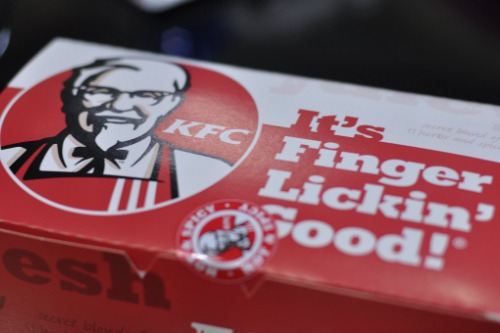
KFC’s “Finger-lickin’ good” was a catchy, fun slogan that made eating fried chicken feel like an indulgence. For years, it was the hallmark of the brand, evoking images of messy, tasty meals that were enjoyed without care. The slogan was so popular that it became part of American pop culture. However, the phrase was retired temporarily in 2020 due to the pandemic, as KFC wanted to distance itself from anything that might be seen as unsanitary during a time of heightened hygiene concerns, according to Jordan Valinsky from CNN.
While the slogan was effective for many years, the pandemic prompted a more cautious approach to branding. As people became more conscious of cleanliness and health, KFC decided to pivot and refresh its image. Despite the temporary retirement, the phrase still holds a nostalgic place in the hearts of many who grew up with it. In recent years, KFC has slowly brought it back, but it’s no longer as pervasive as it once was.
4. “Because you’re worth it.”
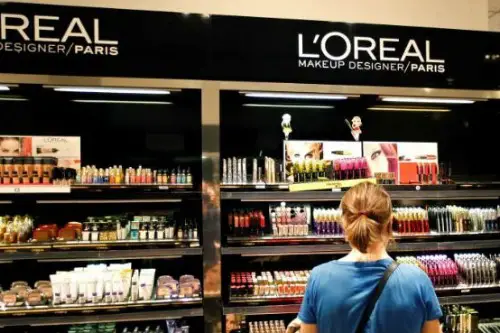
L’Oréal’s “Because you’re worth it” was groundbreaking when it debuted in the 1970s, shifting the conversation from just beauty products to self-empowerment. It connected with women on a personal level, suggesting that they deserved the best, and the brand’s ads were often seen as aspirational. The slogan helped make L’Oréal a household name and was instantly recognizable for its focus on self-worth, Celia Shatzman from Forbes explains. Over time, though, as beauty standards began to shift and more brands embraced diversity, L’Oréal pivoted away from this particular message.
In the late 2010s, the company started focusing more on inclusivity and individual beauty rather than the idea of luxury or exclusivity. The “Because you’re worth it” slogan, while still cherished, didn’t fully align with the company’s efforts to broaden its appeal. It was replaced with campaigns like “Women of Worth” that emphasized empowerment in a different way. While the old slogan will always be associated with L’Oréal’s rise, it wasn’t enough to carry the brand forward in an ever-evolving beauty landscape.
5. “Where’s the beef?”
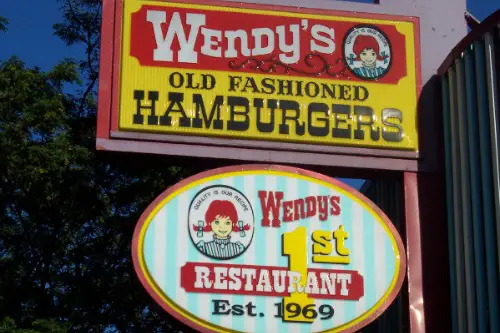
Wendy’s “Where’s the beef?” was an incredibly memorable catchphrase that took over American pop culture in the 1980s, Carla Vaisman from The Takeout explains. It was a simple, yet direct way of questioning the value of a competitor’s product, aimed squarely at the larger burger chains. The commercial featured an elderly woman demanding to know why a competitor’s burger was so skimpy on meat, and it became a sensation overnight. The phrase was everywhere—on T-shirts, in TV shows, and even in political references.
As time passed, the fast food landscape shifted, and Wendy’s began focusing more on its fresh, never frozen beef and other differentiators. While “Where’s the beef?” had its heyday, it started to feel dated as Wendy’s pushed more modern campaigns like “Quality is our Recipe.” The slogan became less relevant as consumer preferences moved away from humorous jabs to more sophisticated advertising strategies. Despite that, “Where’s the beef?” remains a nostalgic reminder of Wendy’s rise to prominence in the fast food world.
6. “I’m loving it.”
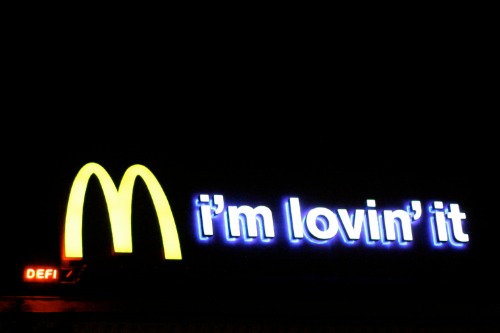
McDonald’s “I’m loving it” was a globally recognized slogan that resonated with millions of people, particularly after it launched in 2003 with the help of Justin Timberlake. The catchy jingle made the phrase stick in people’s minds, and it was used in commercials, songs, and even merchandise. It helped McDonald’s reach new generations of customers while keeping its long-time fanbase engaged. However, the slogan started to lose its appeal as the company struggled with changing perceptions of fast food and health-conscious eating.
As consumers became more aware of health and sustainability issues, McDonald’s shifted its focus to more relevant messaging about the quality and sourcing of its ingredients. In recent years, they’ve incorporated slogans like “Better Mornings” and “It’s What I Eat and What I Do” to address these concerns. Though “I’m loving it” still holds some power, it no longer carries the same weight in a more conscious consumer market. The phrase was gradually replaced by a broader focus on health, quality, and experience.
7. “Plop, plop, fizz, fizz, oh what a relief it is!”
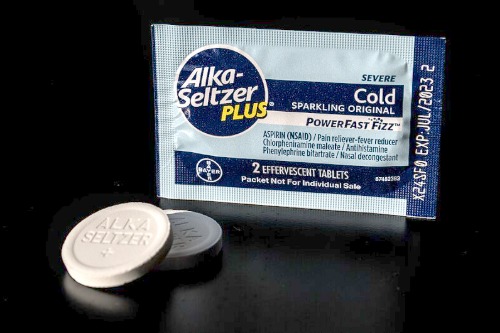
Alka-Seltzer’s jingle, “Plop, plop, fizz, fizz, oh what a relief it is,” became one of the most recognizable in advertising history during the 1950s and 1960s. The catchy tune effectively marketed the product as a solution to indigestion and upset stomachs, and the memorable sound of the “plop” became synonymous with the brand. It resonated deeply with the American public, and the commercial became iconic in its own right. However, as newer, faster alternatives to Alka-Seltzer hit the market, the phrase began to feel outdated and was phased out.
The slogan’s sudden disappearance can be linked to shifts in both advertising trends and consumer health habits. Over the years, people began turning to different solutions for stomach problems, such as antacids or natural remedies. Alka-Seltzer needed to adapt and rebrand, shifting toward messaging about broader digestive health. The “Plop, plop” slogan had a good run, but it eventually gave way to new marketing strategies that better aligned with modern health trends.
8. “Don’t leave home without it.”
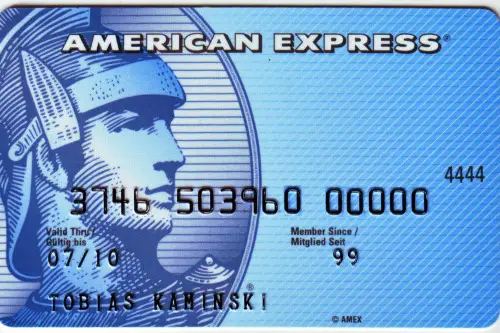
American Express’s “Don’t leave home without it” was a slogan that stuck in people’s minds for decades, becoming synonymous with financial security and convenience. It appealed to consumers who viewed American Express as the go-to card for those who needed a reliable payment option. The slogan, made famous by their ads featuring Carl Sagan and other celebrities, became part of everyday language. However, as the world shifted toward digital payments, the emphasis on carrying a physical card started to feel less relevant.
In the age of mobile wallets and contactless payments, the old slogan felt outdated and was eventually phased out. American Express began to focus on digital offerings and the flexibility of using their services in a more modern context. As people’s payment habits evolved, the brand adapted its message to reflect the changing landscape of finance. Despite its iconic status, the slogan couldn’t withstand the rise of the cashless, digital economy.
9. “We try harder.”
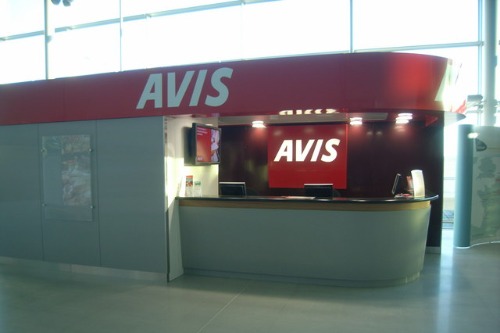
Avis’s “We try harder” was a slogan that positioned the company as a scrappy underdog in the competitive car rental market. It suggested that because Avis wasn’t the largest car rental company, it had to work extra hard to earn its customers’ loyalty. This positioning resonated with consumers looking for reliable, personalized service, and the slogan was a major success. Over time, however, as the car rental industry grew more competitive and price-driven, the slogan lost its relevance.
Avis began shifting its branding as customer expectations grew, focusing on convenience, technology, and mobile booking. The underdog narrative no longer resonated in a world where customers expected seamless, tech-forward service. Though “We try harder” had its moment, it didn’t translate well into the new era of fast and efficient car rentals. Avis ultimately moved toward more modern slogans to stay competitive in a changing market.
10. “Got Milk?”
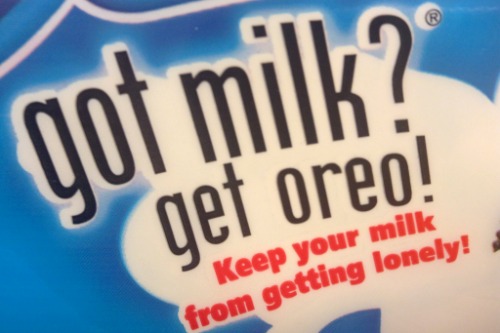
“Got Milk?” was a campaign that became one of the most recognizable ad slogans of the 1990s. It was designed to promote the consumption of milk, using humor and catchy visuals to make the slogan stick in the public consciousness. From TV spots to print ads, it was everywhere, tapping into the idea that milk was a must-have part of everyday life. But as health trends and dietary preferences changed, the phrase started to lose its relevance.
The rise of dairy alternatives like almond milk and oat milk made the phrase outdated, as more consumers turned away from traditional milk. The campaign was phased out as the dairy industry adapted its message to promote healthier and more sustainable options. Despite its ubiquity in the ’90s, the “Got Milk?” slogan is now a nostalgic reminder of an era when milk was marketed as essential. The dairy world continues to innovate, but the days of “Got Milk?” are long gone.
11. “The quicker picker-upper.”
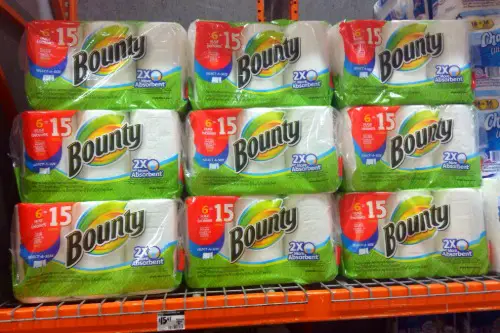
Bounty’s famous slogan, “The quicker picker-upper,” was iconic and made the brand synonymous with paper towels in America. The catchy jingle and the promise that Bounty could absorb spills faster than competitors were everywhere for years. It became a go-to for TV commercials and product ads, and its repetition helped solidify Bounty’s position as the leading paper towel brand. However, as competition in the household product sector grew, the slogan began to lose its freshness.
The paper towel market shifted with an emphasis on eco-friendly and sustainable products, making “The quicker picker-upper” feel a bit old-fashioned. As consumers started caring more about the environment and the sustainability of the products they use, Bounty adjusted its messaging to focus on durability and better cleaning power. The once ubiquitous slogan now appears less frequently, as Bounty moves toward promoting its broader brand benefits. The shift is reflective of changing consumer preferences, which have forced companies to reevaluate their advertising strategies.
12. “Just Do It.”
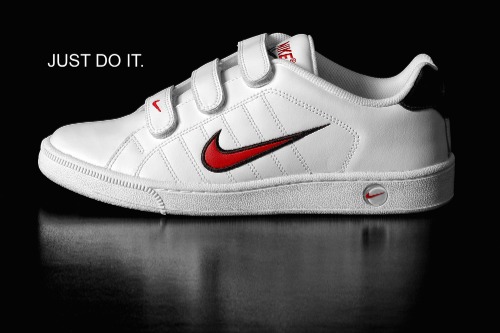
Nike’s “Just Do It” slogan became a worldwide cultural phenomenon when it was first introduced in the late 1980s. It quickly became synonymous with motivation, perseverance, and the power of sports, and it helped solidify Nike’s brand image as a leader in athletic gear. This simple, yet powerful phrase inspired millions to push themselves harder and aim for greatness. However, as Nike continued to evolve and address issues beyond sports, such as political activism and social justice, the slogan didn’t always align with the changing conversation.
Nike shifted toward more inclusive messaging, highlighting personal stories and social movements that resonated with a broader audience. The iconic slogan still appears in Nike’s advertising, but it is no longer as central to their messaging strategy. As the company embraced more complex themes, like diversity and empowerment, “Just Do It” became just one piece of a larger narrative about who they are and who their customers are. The brand moved toward more nuanced campaigns that reflect modern social values.
13. “Reach out and touch someone.”
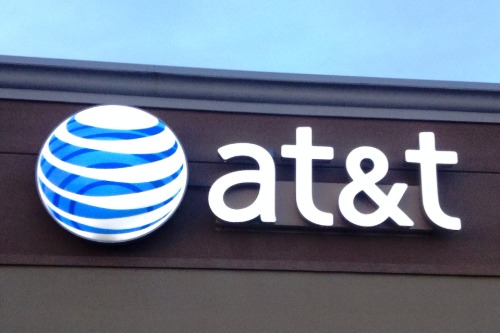
AT&T’s “Reach out and touch someone” was a sentimental, heartwarming slogan designed to promote long-distance phone calls. It emphasized the emotional connection people could feel when reaching out to loved ones, making it more than just a commercial for a phone service. The slogan resonated deeply with a pre-cell phone era when people would use landlines to keep in touch across long distances. However, as mobile phones and the internet began to dominate communication, the slogan felt more out of place.
The rise of cell phones and digital communication changed how people stayed connected, making the need for long-distance phone plans less relevant. AT&T began to focus on promoting new technologies, including wireless and fiber-optic services. The emphasis on emotional connection in “Reach out and touch someone” became less effective as people started texting and using social media. As the market changed, so did AT&T’s approach to advertising, leading to the eventual retirement of this classic phrase.
14. “Bet you can’t eat just one.”
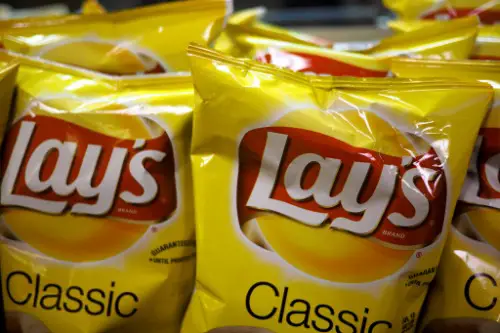
Lay’s “Bet you can’t eat just one” was a beloved slogan that captured the addictive nature of their potato chips. It played on the idea that their chips were so delicious and irresistible that it was impossible to stop after just one. The phrase was catchy, memorable, and tied closely to Lay’s brand identity for decades. However, over time, as consumers grew more concerned about health and snacks with lower sodium and fat, the slogan started to feel less appropriate.
As Lay’s adapted to these changing preferences, it began to shift its focus to healthier options and different snack varieties. The slogan became less effective as the conversation moved away from indulgence toward nutrition and balance. Lay’s still uses fun, catchy advertising, but “Bet you can’t eat just one” has been replaced with messages that better reflect today’s more health-conscious market. This change reflects the growing desire for snack brands to align with changing consumer concerns.
15. “It keeps going, and going, and going.”
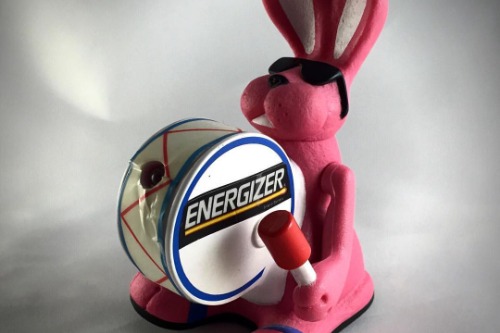
Energizer’s “It keeps going, and going, and going” became synonymous with their batteries, emphasizing their long-lasting power. The commercial featuring the Energizer Bunny was everywhere, reinforcing the idea that their product outlasted all competitors. It was an effective slogan that helped make Energizer a household name and set it apart in the crowded battery market. However, as rechargeable batteries and environmentally friendly alternatives became more popular, the slogan lost its power.
The message of endurance and longevity didn’t fit as well with consumers who were turning to sustainable and eco-conscious products. Energizer pivoted to focusing on eco-friendly battery options and new technologies, leaving the old slogan behind. While the Energizer Bunny still holds a nostalgic place in people’s hearts, the brand’s messaging needed to evolve with changing attitudes toward consumer products.


